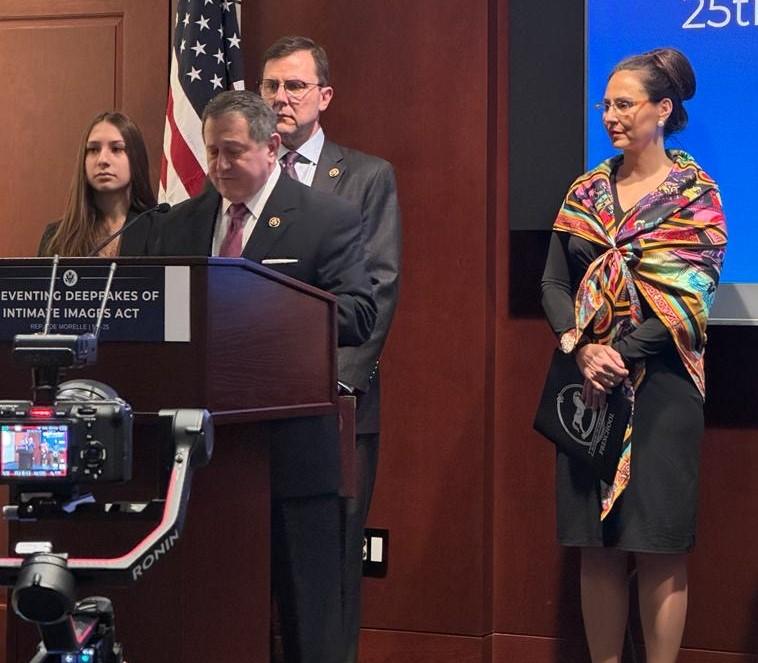A subcommittee of the Senate Committee on Banking, Housing, and Urban Affairs held a hearing on the afternoon of May 2 to discuss, hear testimony, and ask questions related to a bill introduced by subcommittee chair Sen. Tina Smith (D-Minn.) and Sen. Mike Rounds (R-S.D.) to combat a crisis in lack of affordable housing in rural areas in America for the low-income, elderly, and those with disabilities.
In her opening remarks, Sen. Smith (D-Minn.) described how the Rural Housing Service Reform Act would change USDA law and meet the dire need for more affordable housing and rental subsidies.





